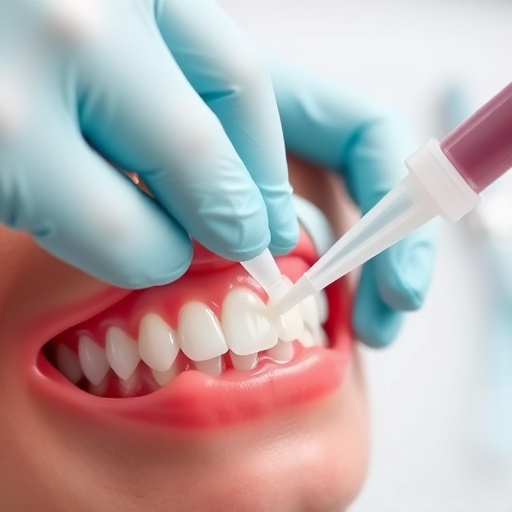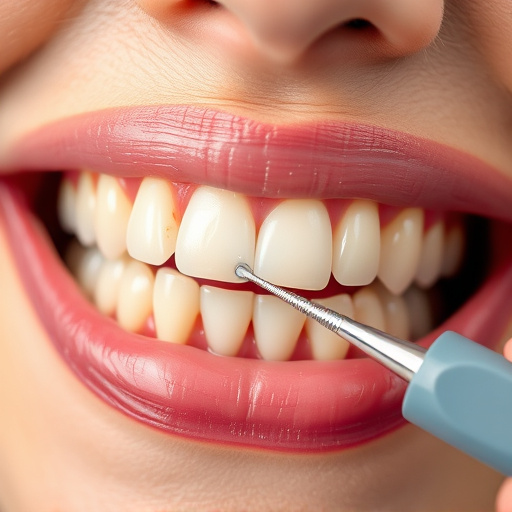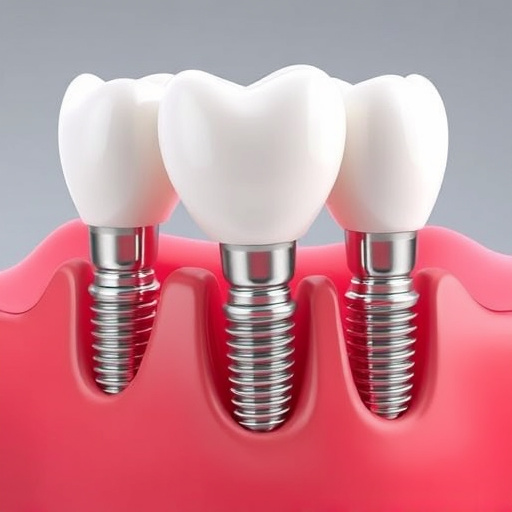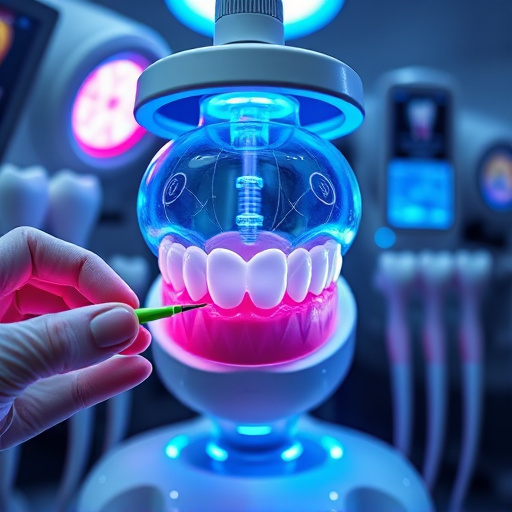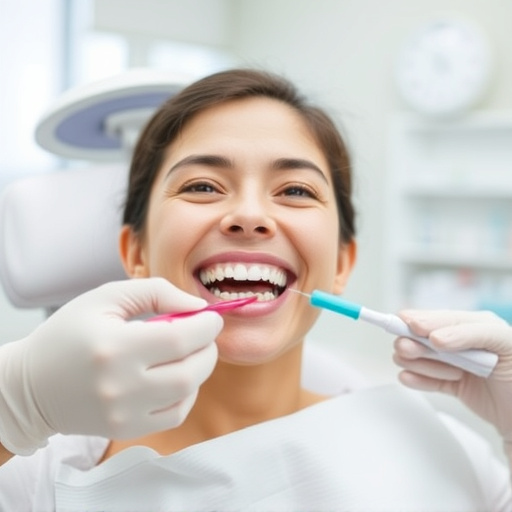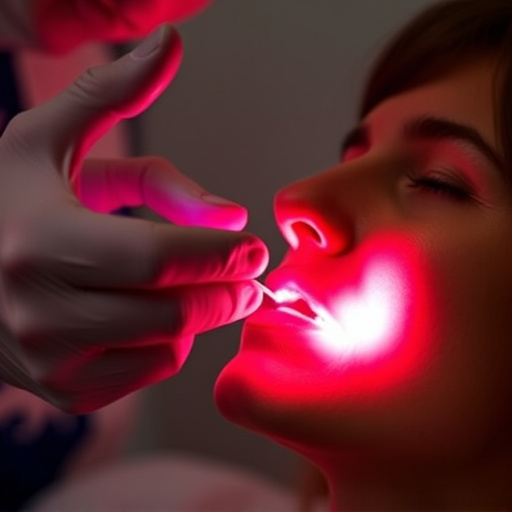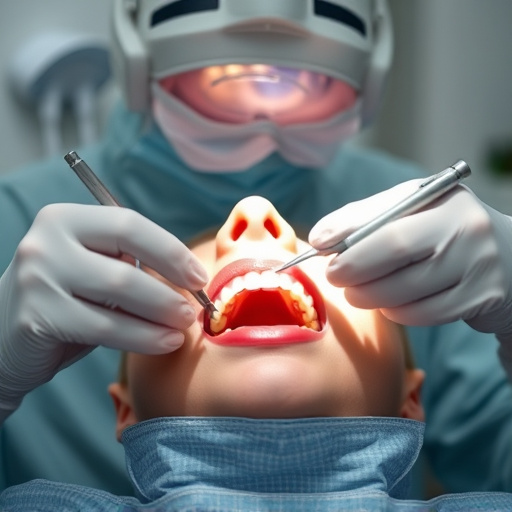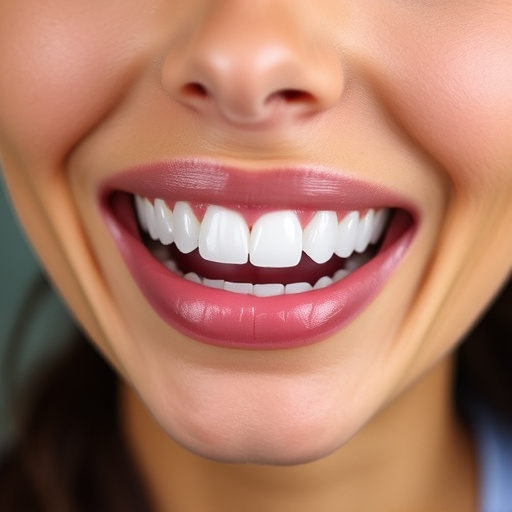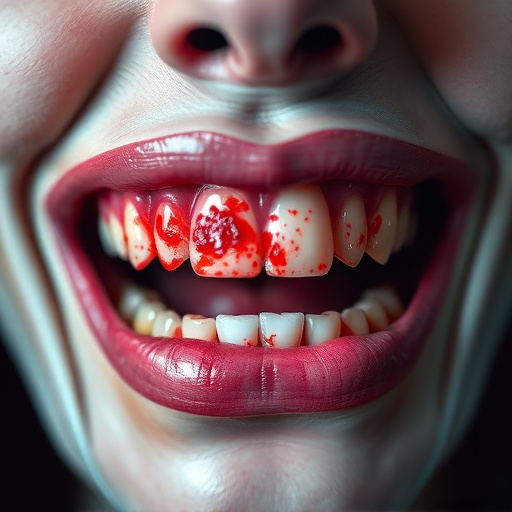Rapid facial growth in teens often leads to misalignments like crowding, overbite, or underbite. Early identification is crucial for preventing complex, costly procedures later. Family dentistry professionals offer emergency care and personalized recommendations for orthodontic treatment options. Traditional braces are effective but noticeable, while clear aligners are invisible but require disciplined wear. Non-metal braces provide a discreet, comfortable, and aesthetic alternative, potentially speeding up treatment.
“Navigating teenage years often brings a host of changes, and proper dental care is no exception. For teens, understanding their unique orthodontic needs is crucial. This article explores the best treatment options available, focusing on braces and clear aligners. We delve into the advantages of non-metal braces, offering a modern alternative to traditional metal. By comparing various orthodontic treatment options, parents and teens can make informed decisions, ensuring a confident smile for years to come.”
- Understanding Teen Orthodontic Needs
- Braces vs. Clear Aligners: A Comparison
- Non-Metal Braces and Their Benefits
Understanding Teen Orthodontic Needs
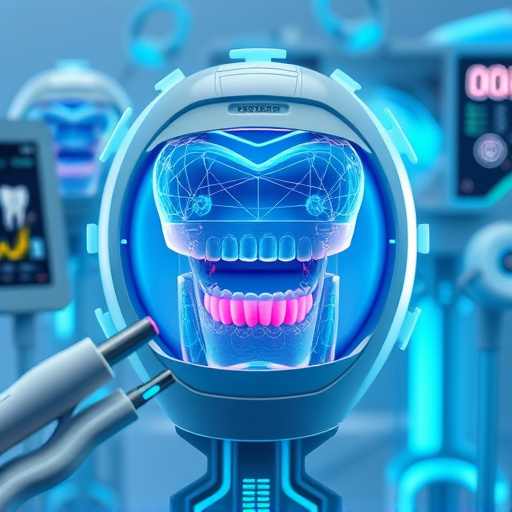
Understanding a teenager’s orthodontic needs is crucial as this period marks a time of significant jaw and facial growth. Many teens develop misalignments like crowding, overbite, or underbite, which can lead to not only aesthetic concerns but also functional issues. Identifying these problems early on is key, as prompt intervention with appropriate orthodontic treatment options can prevent more complex and costly procedures later in life.
Family dentistry professionals play a vital role in this process by offering emergency dental care when needed, as well as providing guidance on preventive measures. They can also recommend the most suitable orthodontic treatment options based on the specific misalignment, taking into account factors like the severity of the problem and the teen’s overall oral health. This personalized approach ensures that teenagers receive the best care possible, setting them up for a healthy and confident smile in the long term.
Braces vs. Clear Aligners: A Comparison
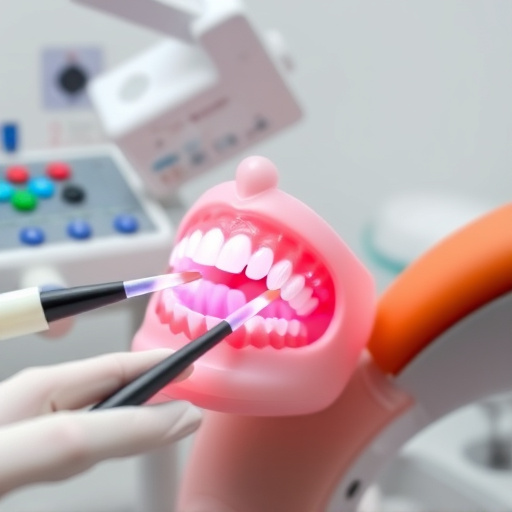
When considering orthodontic treatment options for teenagers, one of the primary decisions revolves around choosing between traditional braces or clear aligners. Both have their merits and demerits, often dictating a teenager’s overall experience and results. Braces, long the standard in cosmetic dentistry, offer proven effectiveness in correcting bite issues and aligning teeth. They are durable and suitable for various orthodontic problems but can be cosmetically conspicuous and require more maintenance, such as regular cleaning to prevent plaque buildup.
Clear aligners, on the other hand, represent a relatively newer option in emergency dental care. They are virtually invisible, making them a preferred choice for teens conscious about their appearance. Aligners are customizable to fit each patient’s unique needs and can be removed for eating or cleaning, streamlining oral hygiene routines. However, they may require more discipline during treatment due to the risk of misalignment if not worn consistently. Comparing these options is crucial in determining the best course of action for achieving a straight, healthy smile.
Non-Metal Braces and Their Benefits
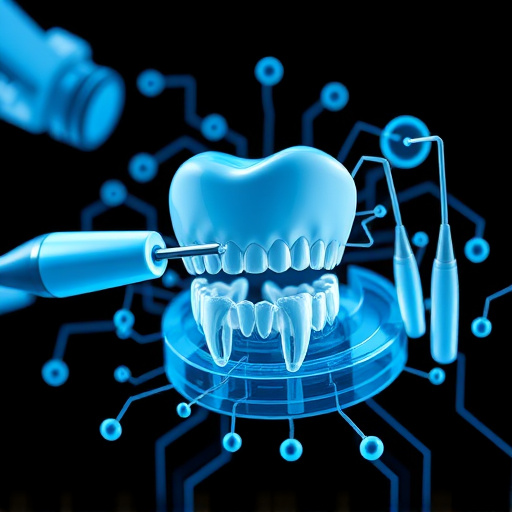
Non-metal braces offer a modern twist to traditional orthodontic treatment options, appealing to teenagers who seek discreet and aesthetically pleasing solutions. These innovative braces utilize advanced materials like ceramic or clear polymers, providing an alternative to the metallic appearance of conventional braces. One of the significant advantages is their reduced visibility, making them less conspicuous during social interactions. This feature encourages teens to maintain proper oral hygiene without the added concern of aesthetics.
Furthermore, non-metal braces are known for their comfort and ease. Unlike metal braces, they cause less irritation to the mouth and gums, reducing discomfort. The flexible nature of these materials allows for greater movement, potentially speeding up the treatment process. Additionally, many teenagers appreciate the ability to customize their brace colors, adding a personal touch to their orthodontic journey. This modern approach to cosmetic dentistry not only addresses dental misalignments but also contributes to enhanced confidence during formative years.
When it comes to teenage orthodontics, understanding your unique needs is key. While traditional braces remain a popular choice, clear aligners offer a more discreet alternative. Additionally, non-metal braces provide a modern solution with fewer discomforts. The best option depends on individual preferences and dental conditions. Exploring these orthodontic treatment options ensures teens can achieve the straight, healthy smile they deserve.
